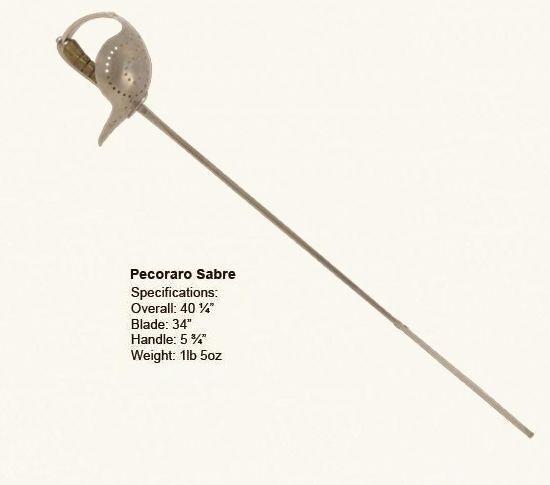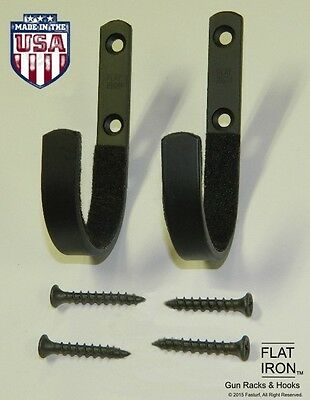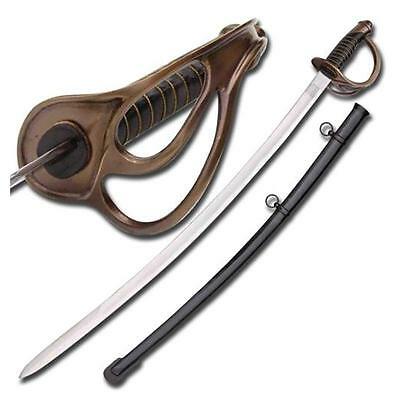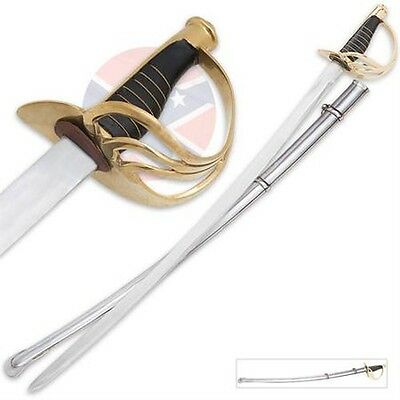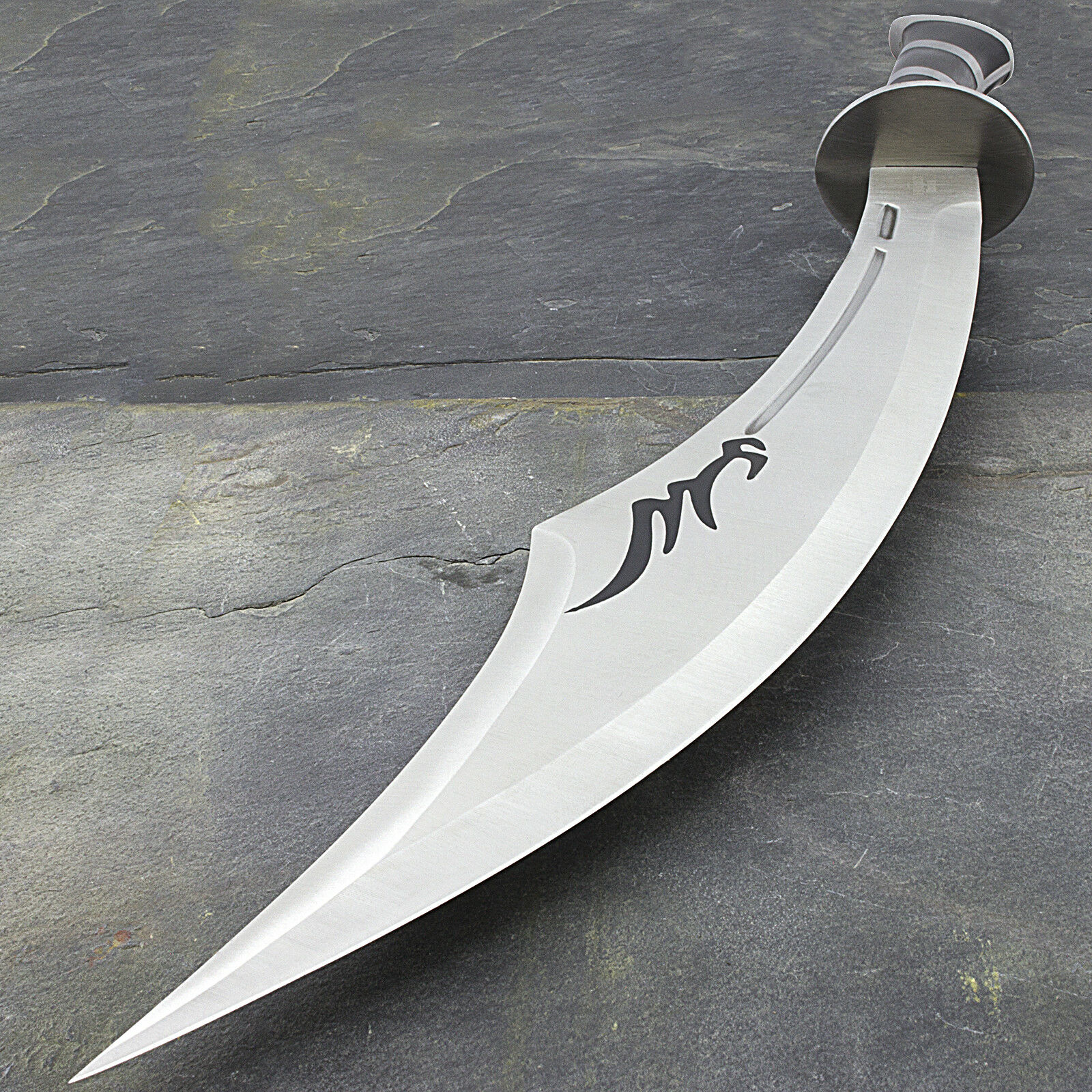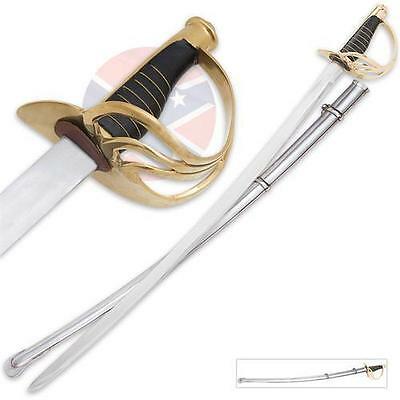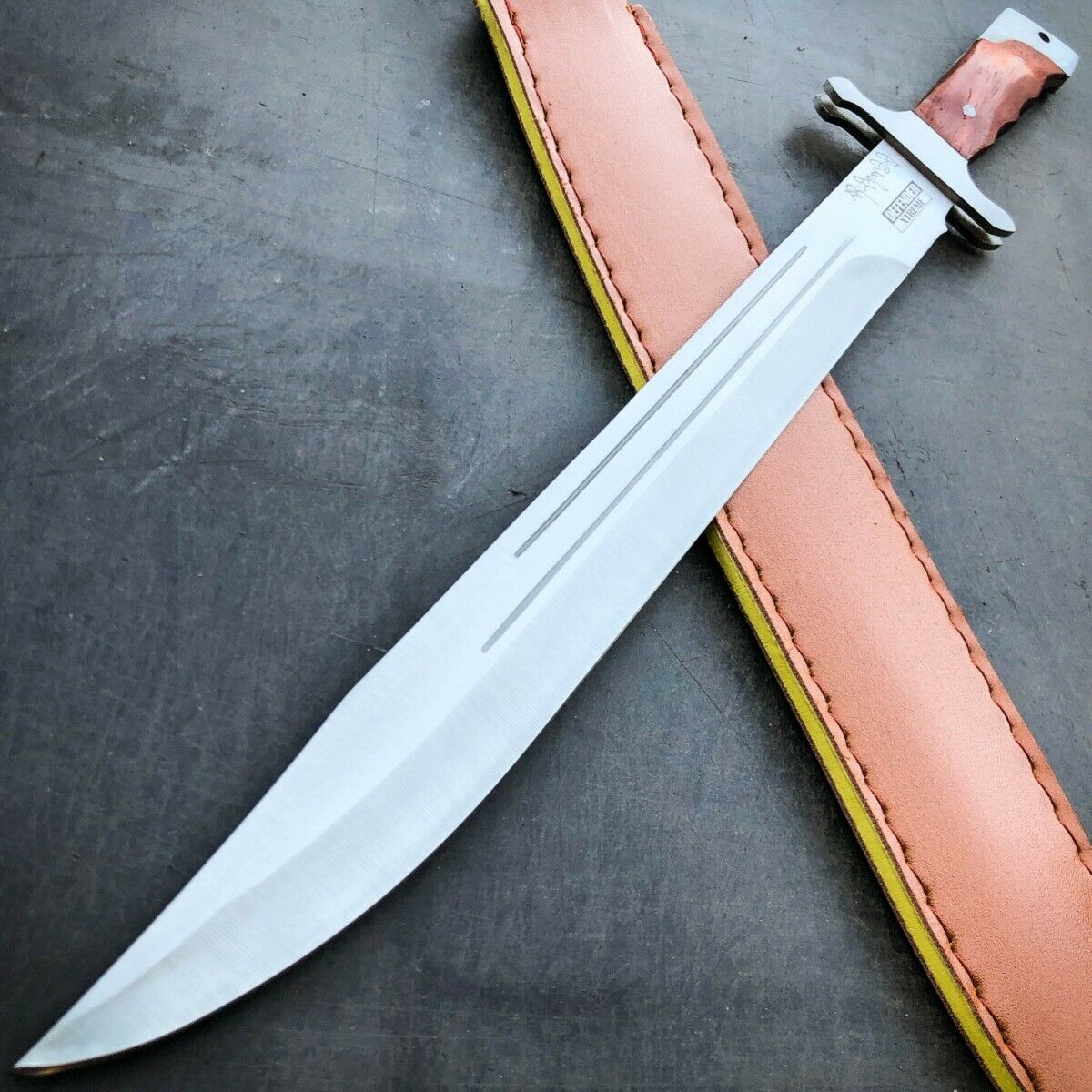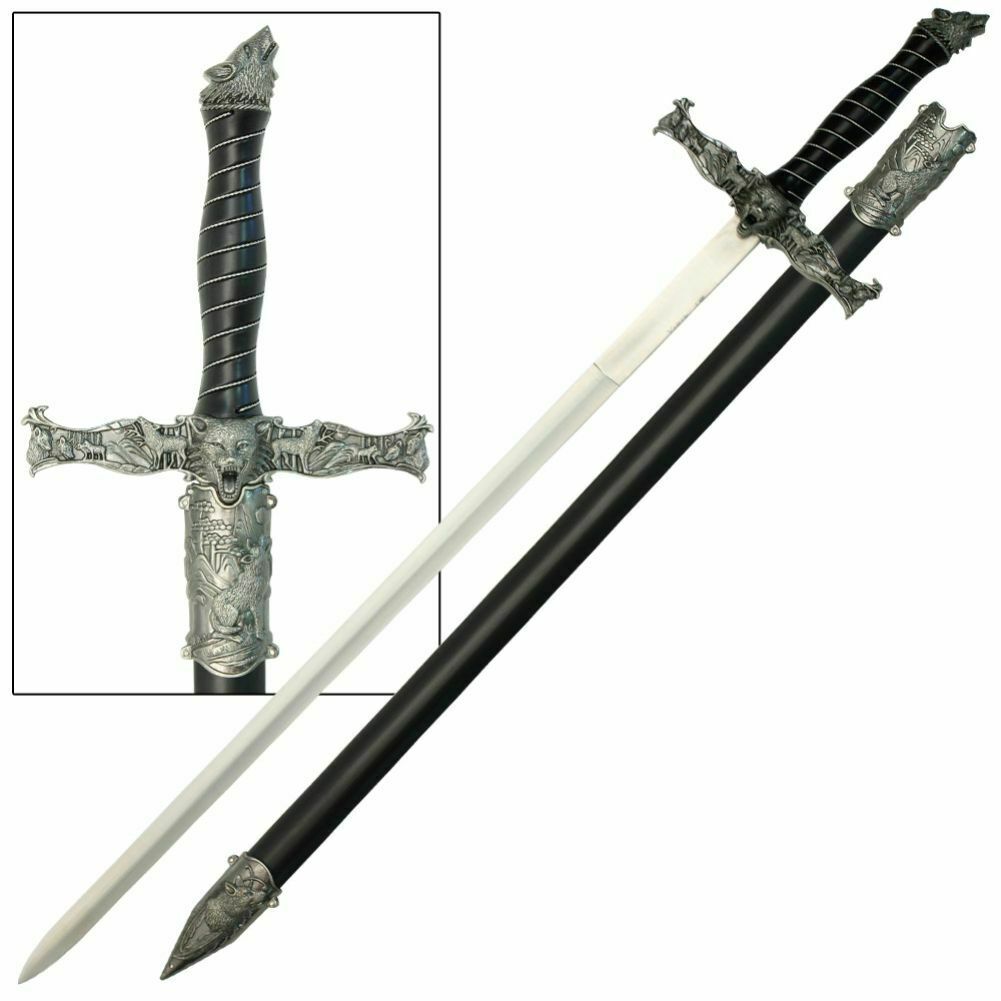-40%
Paul Chen Pecoraro Sabre Sword by Hanwei - fully functional - battle ready
$ 131.99
- Description
- Size Guide
Description
Paul Chen Pecoraro Saberby Hanwei
Item # SH2199
The Paul Chen Pecoraro Sabre
One of the rapidly growing arts within historical fencing societies is that of sabre fencing in the late 19th century Italian style, originating with fencing masters who were employed to train mounted troops in the effective use of the military saber. The Milanese fencing master Guiseppe Radaelli, is credited with starting the development of this fencing style, while Salvatore Pecoraro introduced changes and refinements which resulted in the technique finally adopted for sabre deuling at the Military Masters School in Rome.
The hilt design developed by Pecoraro has been reproduced in the
Paul Chen Pecoraro Fencing Saber
, with a stainless steel guard and wire-wrapped sharkskin-pattern grip. The high-carbon flex-tempered steel blade closely follows the proportions of the period and are button-tipped for safety. A replacement blade is available for the Paul Chen Pecoraro Sabre.
This fully functional fencing saber sword is tailored to meet the demands of reenactment and stage combat.
Overall Length: 40 1/4"
Sword Weight: 1 lb. 5 oz
Blade Length: 34"
Blade Material: High-carbon Flex-Tempered steel blade
Replacement Blade Available
Handle Material: Stainless Steel Guard; wire-wrapped sharkskin-pattern grip
Excellent handling and balance
Authentic Deuling Sabre styling
Factory: Hanwei China
Designer: Paul Chen
Rated: Fully Functional
Warning:
All Edged Weapons, Battle Ready or Not, May Injure, Kill
and/or Become Damaged if Used Improperly
You must be at least 19 years of age in order to purchase any knife or sword from this site. By ordering any knife or sword you are certifying that you are at least 19 years of age. Purchaser is responsible for compliance with all applicable laws and regulations, which may vary. By accepting delivery purchaser agrees that RealCoolSavings and affiliated companies and individuals have no liability to purchaser, or any person whatsoever arising from any use of products purchased from this site.
Sword Care Do and Don't
Sword Do's & Don'ts:
All edged weapons, battle ready or not, may injure, kill and/or become damaged if used improperly. Follow these do's and don'ts to safely enjoy your sword(s) for years to come.
Use common sense. Do not swing any edged weapon carelessly. Keep in mind that your sword, battle ready or not, is still a potential weapon that can injure or kill someone. Although we all have a "warrior" inside of us, we are not always on a battlefield. Make sure you are in an area where you can swing your weapon without hitting someone or something. Swords can also slip out of your hands. Selling your sword to pay for a lawsuit settlement is a big bummer. Be very careful and use common sense when handling your sword.
Do not bang your sword against another sword in theatrical-style duel . Do not bang your sword against any hard object to test its strength or the "sound" of the steel as it hits a hard object. No matter how tough or strong the steel is in any sword, it will nick when struck against something equally hard. In stage plays or in movies, theatrical swords with wide, thick edges are used. The edges are flat and often as much as 1/16 inches wide. Such theatrical swords are designed to take the flashy looking punishment of banging edges together. Your sword is not a theatrical sword. Your sword is a real weapon, designed so that they could fight in the manner that the originals were actually used. Since the cutting edges could easily be sharpened and were often used for slashing, parries were made with the flat of the blade (not the edges) or were simply avoided altogether. Real swords were never used for the theatrical style sword banging that movies or stage plays rely on to liven up action sequences.
Do not attempt to chop down a tree with your sword. Such an activity is guaranteed to damage your sword. Axes and machetes are well designed for this with the weight of the steel concentrated over the point of percussion. When you strike a firmly fixed object like a tree or a thick branch with a sword, a great deal of the blade projects past the object being cut, causing the blade to bend or torque. It should be pointed out that the Japanese, who believe in a lot of practice with the sword, used thick bamboo. The bamboo was resistant to a cut, but didn't have the rigidity of a tree, and so would not have damaged a valuable blade. For a Japanese warrior to cut in to a tree would have been unthinkable.
